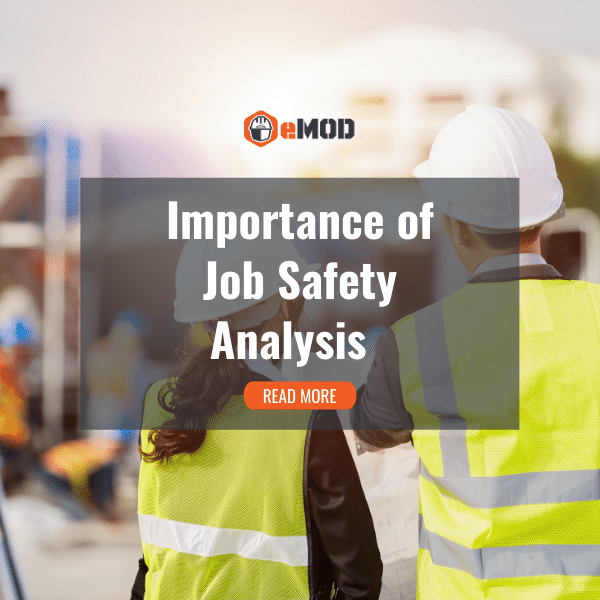
Creating a safe workspace is of the utmost importance, no matter the industry. And in construction — one of the most dangerous professions in the world — it’s even more important. When it comes to best safety practices at work, it is essential for companies to prioritize preventing safety lapses and other preventable incidents. Some effective ways to take control of the jobsite are performing a job safety analysis (JSA), a pre-task plan (PTP), a daily safety plan, and a safety task assessment (STA). Construction safety applications like eMOD streamline the documentation process, getting the field workers back to work sooner.
What is a job safety analysis?
A job safety analysis in construction, otherwise known as a job hazard analysis (JHA), is a technique required by contractors to address and identify any potential hazards on the project site. In doing so, leadership can put into place the strategies necessary to eliminate or otherwise manage the risks that exist.
While a job safety analysis may look different from one business to the next, they generally all consist of the same core steps.
Anatomy of a job safety analysis in construction
When it comes time to ensure worker safety, performing a job safety analysis can be broken down into a few steps. As an example, the eMOD construction safety application helps users do the following:
- Select the task to analyze
- Break a task down into core small subtasks
- Identify hazards for each task
- Establish safe plans to minimize the safety risk from those hazards
JSAs aim to correct any hazards that have been identified. While JSAs are commonly performed for jobs that have a high potential to cause injury or illness, many construction companies require JSAs to be created for all tasks.
Benefits of a job safety analysis in construction
When we identify potential hazards during the planning process, teams are prepared to safely mitigate the risks of those hazards. Job safety analysis is an essential function for any company looking to protect its workers when dangers lurk on the job.
Here are a few of the most important benefits that regular job hazard analysis can provide.
- Improved worker safety: Whether you are operating a retail establishment or a construction site, improved worker safety should always be paramount. The primary focus of job safety analysis through products like eMOD is to prevent accidents rather than simply helping people respond to them.. Preparation is the best way to avoid unfortunate accidents and potentially serious injuries.
- Improved communication: From reviewing the hazards associated with a task or evaluating a team’s prior performance, a job hazard analysis helps open a dialogue among workers and management. Field crews should always review JSAs as a full crew prior to starting work.
- Better training for new employees: A job safety analysis can help new hires learn safety best practices consistent with company standards.. New employees are significantly more likely to experience an injury at work than their more seasoned counterparts. A JSA can help ensure employees are prepared when it matters most.
- Transparency: In the event of an incident or accident the first thing that gets asked is if a JSA was completed and if the hazard was identified on the JSA. The JSA plays a large role in the incident investigation process and lessons learned.
We’ve only touched on the most tangible benefits that embracing worker safety can provide. Job safety analysis using the eMOD application can bring about real change on the job site.
About eMOD
Founded in 2017, eMOD is a team of experienced commercial construction superintendents, project managers, and safety officers. Safety is more than our passion; we’ve built a company and a product dedicated to making our industry safer. The eMOD Safety App is designed for the next generation of construction owners, insurance companies, general contractors, and trade partners. We not only built the app, we use it every day. Contact us to set up a demo today.

